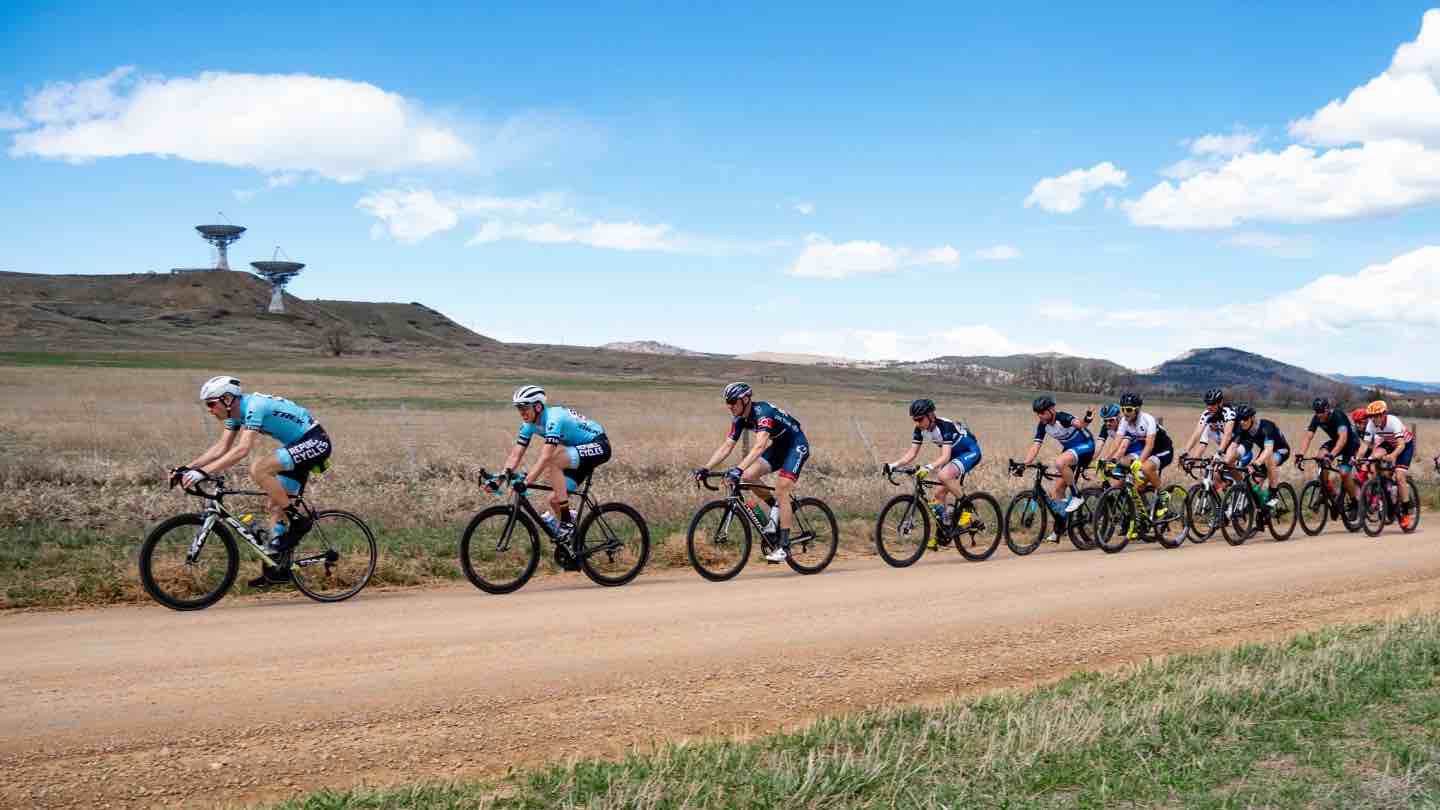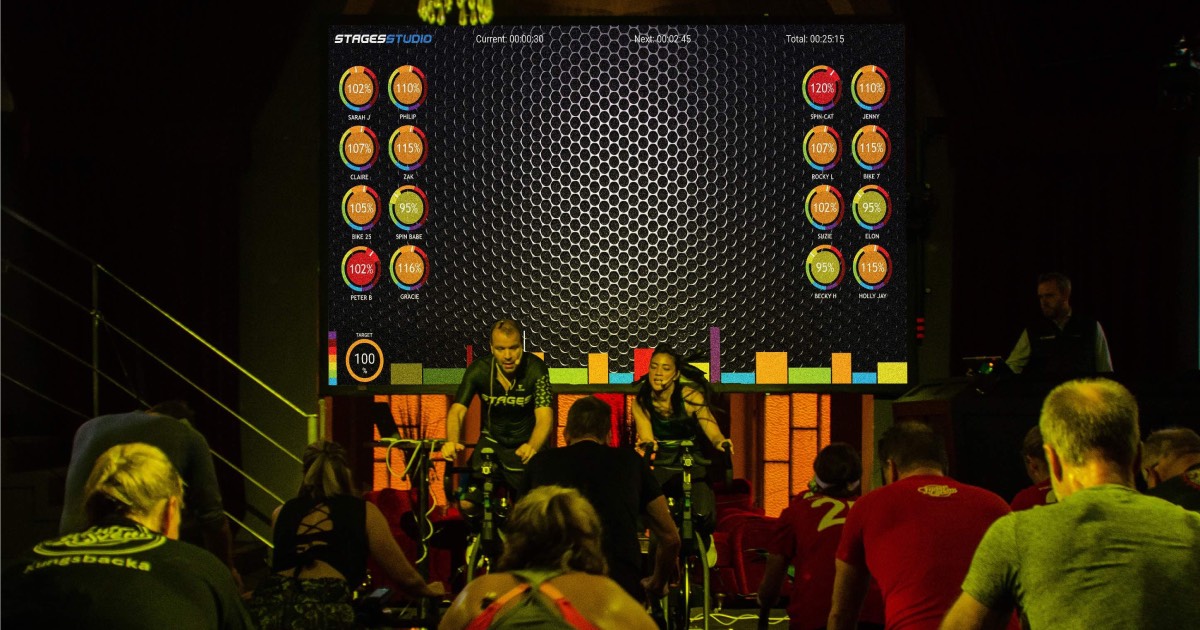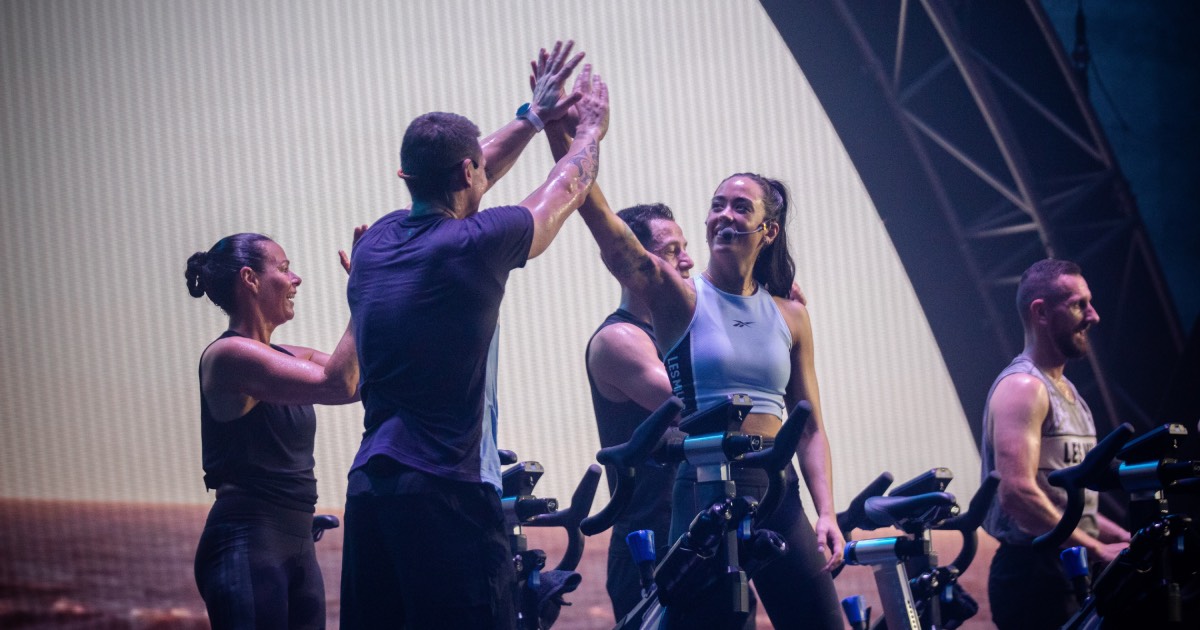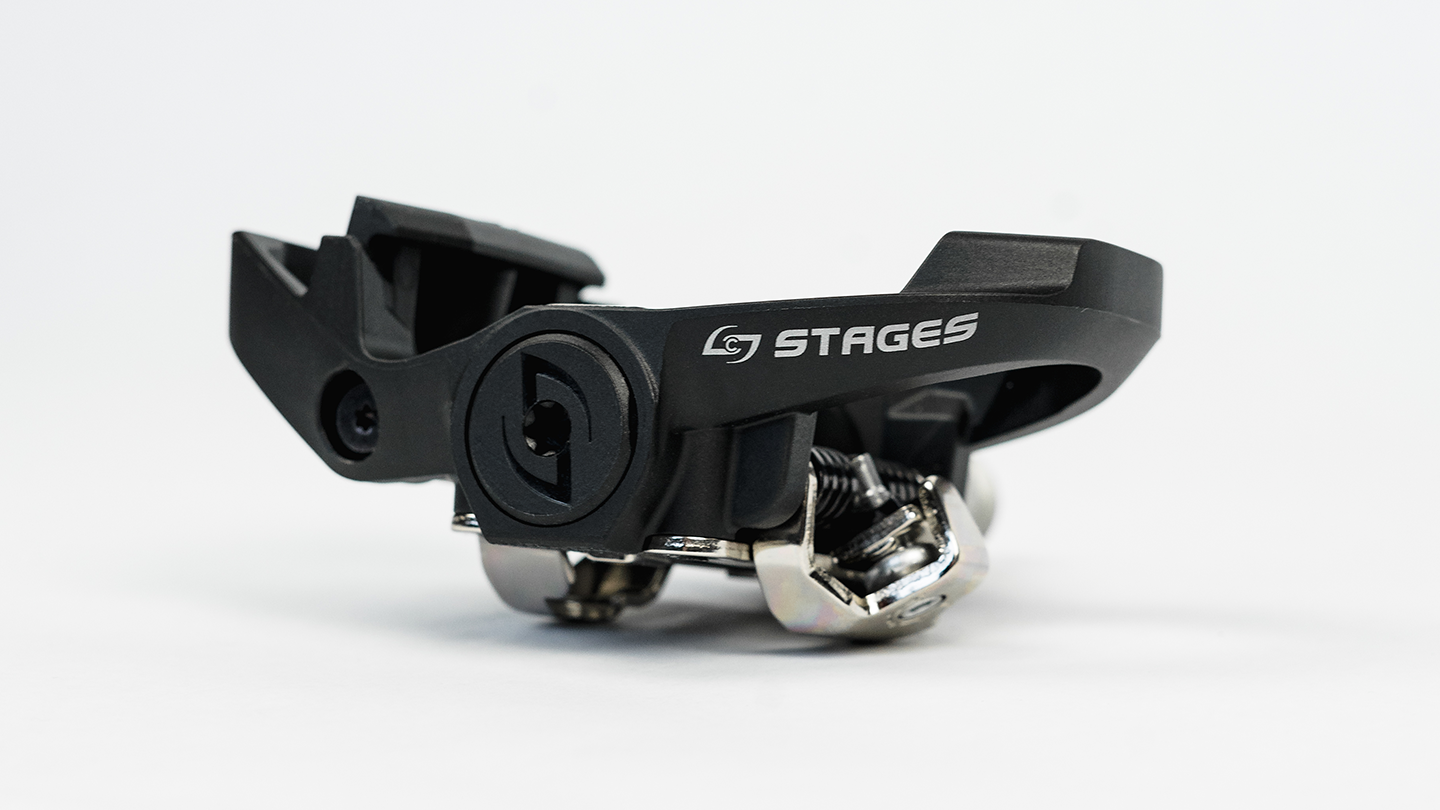Road Biking 101: A Beginner's Guide
- By Amber Jaworsky
- Published: 13 jun 2022
- Last Updated: 13 jun 2022
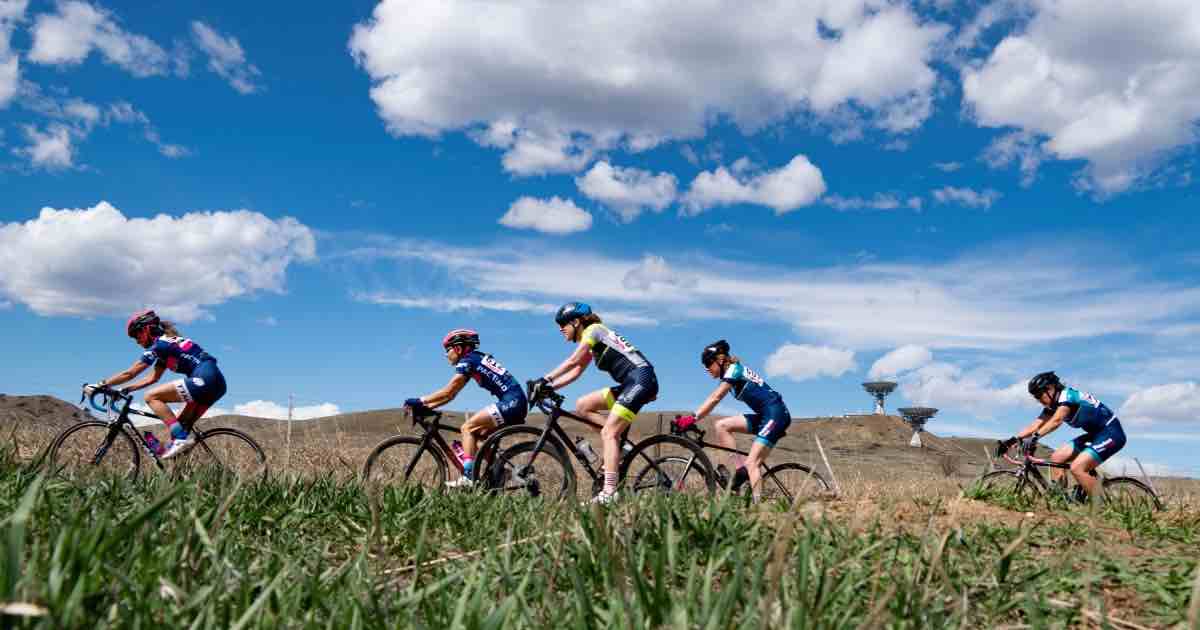
Why become a cyclist?
Cycling is fun and is one of the most effective ways to improve your health! I dare you to try to find another low-impact form of cardio that not only takes you from point A to point B, but also boosts the metabolism, builds muscles, burns body fat, and helps you lose weight!
It’s a vehicle of adventure, matching the level of adrenaline, speed, and scenery preferences of every rider. And it’s a life-long sport that accommodates the slow and steady beach cruiser to the fast and fierce road bike racer, and everyone in between.
With all of these benefits at hand, who wouldn’t want to become a cyclist?
What is the best way to get into road biking?
- Get a bike and get professionally fitted. Spending an hour with a professional bike fitter will ensure that your body is in an ideal riding position to help you stay injury-free and more comfortable on your rides.
- Just ride, don’t slay. Start by riding 30 to 60 minutes two to four times a week. Pay attention to your breathing and stay at an endurance (manageable) pace for two to six weeks (depending upon your fitness level). Increase effort and duration incrementally.
- Join a cycling group or group ride. Cycling groups can be a life-giving social outlet and can be a rich training ground for you to learn the skills and traditions of the sport. Ask your local bike shop or friends about where you can join short (15-30 km) rides.
How long does it take to become a great cyclist?
Cycling is an endurance sport that’s much like marathon running. It may take up to three years for an athlete to build a fitness and experiential base that enables elite-level riding. There are ways to fast-track these three years, and an athlete’s training background certainly influences how long it will take, but proper training, aerobic base, and developed techniques are all critical variables in how long it takes for an athlete to become a great cyclist.
- Be patient
- Be consistent
- Set attainable goals
- Formulate a plan to reach your goals within each season.
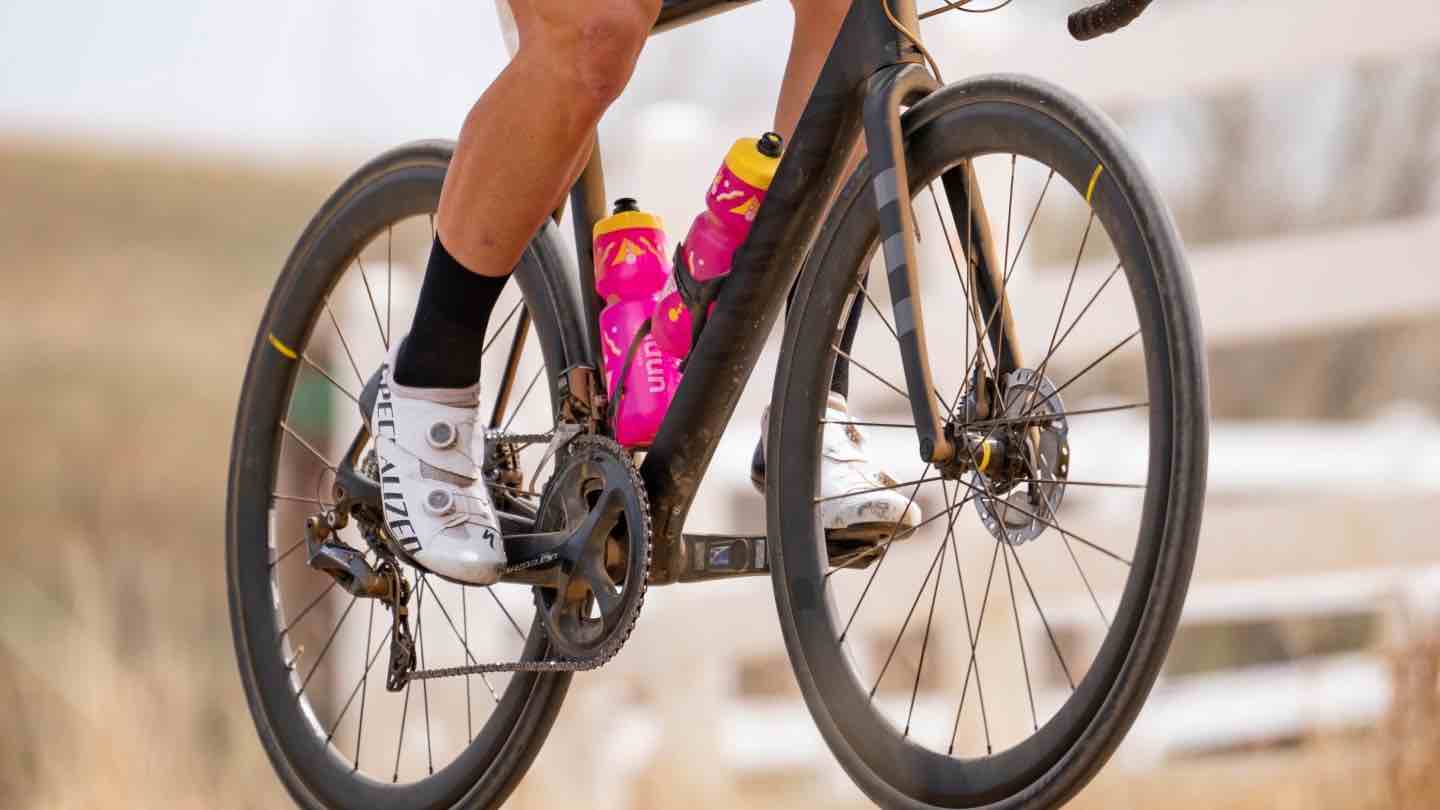

Top things to look for in your first road bike:
Buying your first road bike can feel overwhelming and confusing. There are a lot of different brands, types, components, and overall materials to choose from. Here are some things to consider to help you narrow down your options.
- How much money you’d like to spend. New, entry-level road bikes range in price from $800-$3,000. Be sure to budget some money for essential bike accessories, like shoes, helmets, pedals, and clothing.
- Consider the Components. The “groupset” is a collective term for the brakes and gears. There are many different groupset manufacturers, but the most popular ones are Campagnolo, SRAM, and Shimano. Regardless of the brand, groupsets come in tiers: entry-level, mid-range, and top-tier. As you move up the tiers, you can expect to spend more money because the components are made of lighter materials and add nuanced functionality. As you consider which groupset is right for you, pay attention to the gear ratio. An 11-32 cassette is perfect for beginner riders. With this gear ratio, you’ll have 32 cogs at the back of the cassette to help you climb hills and ride at a higher cadence. The next thing to consider is the chainset. There are different sizes of chainrings, and beginner riders benefit most from compact chainsets, like a 50-34. Last, but not least, are the brakes. There are two different types of brakes: rim and disc. In comparison, disc brakes cost more than rim brakes because they offer more powerful and consistent braking, especially in hilly and wet conditions. Rim brakes, however, have been around for the past 100 years and are slightly lighter.
- Frame Material. The material that a bike frame is made from has a major impact on the overall ride quality of a bike. The most common bike frame materials are aluminum, steel, and carbon fiber. Carbon fiber frames provide a lighter and smoother ride than aluminum or steel, but it’s also the most expensive. If your budget doesn’t allow you to splurge on a full carbon fiber frame, you can find aluminum frame bikes with carbon fiber forks. This reduces weight and makes the fork stiffer and reduces the vibration through the handlebars.
- Tire Clearance. The more clearance between the tire and the frame, the better because this gives you greater versatility on the type of tire you can put on your bike. Tire clearance is especially important if you’re planning to ride gravel.
- Wheels. Wheels are the most popular component that cyclists tend to upgrade. Seasoned cyclists typically swap out standard wheels for something lighter, stiffer, and more aerodynamic. Improved wheel performance increases cost, so entry-level bikes often come with basic wheels to ensure affordability. Look for wheels with a high spoke count. This makes the wheel stronger and more resilient. Rim width is also important. You ideally want rims that can accommodate wider tires (25 to 28 millimeters). Wider tires provide more comfort and more grip.
- Saddle. Road bike saddles are designed to be used with padded shorts, which means it’s normal for them to feel hard and uncomfortable without padded shorts on. You can purchase a custom-fit saddle at your local bike shop for $80-175.
- Pedals. Most road bikes don’t come with pedals. If you’re planning on doing longer rides, it’s best to invest in clipless pedals and shoes for your bike. This will allow you to push down and pull up with each pedal stroke, enabling you to be a more efficient rider.
What should every cyclist carry?
You don’t need much to get yourself out of trouble on the road. The essentials include an extra tube, hand pump, tire levers, multi-tool, water, and a small snack. Cycling is a low-impact sport, and road bikes are smooth and efficient which means you can ride for a long time and long distances. The last thing you want to do is “bonk” or hit a wall physically, so a peanut butter sandwich or a few pieces of candy can save the day.
How to become a better cyclist?
The most important thing you can do to become a better cyclist is to get a little uncomfortable. It’s natural to focus on what’s pleasant, easy, or enjoyable, but if you want to become a stronger and more efficient cyclist, your workouts will need to be intentional, and sometimes a little unpleasant.
Staying in your comfort zone can lead to a plateau. Doing the same thing week after week will maintain your fitness, but if you want to improve your cycling performance, you need to increase the intensity of your rides and do something different. Our bodies get stronger in response to resistance and overload and develop the most outside the comfort zone, so vary the intensity and the type of your rides and you’ll start to see results.
How hard is too hard, and how can you quantify your improvement over time?
Adding a to your bike is the key to answering these questions. Power meters provide a quantitative evaluation of the intensity of your workouts. Instead of basing your rides on perceived exertion or other qualitative factors, a power meter will provide you with real-time numbers that can be immediately displayed on a or head unit. This instant feedback can help guide you to work less, hold the line, or increase your workload.
The data that’s collected from each of your rides can also be used to build training protocols and individualized power zones. Power zone training uses a rider’s functional threshold power (FTP) to establish personalized watt ranges (zones). Riding in each zone affects the body in unique ways and allows riders to purposefully target specific exercise intensities (like active recovery, endurance, tempo, threshold, V02 max, and anaerobic) while avoiding overtraining.
Power is a great tool for setting goals and measuring improvement over time as well. The watts don’t lie. A beginner rider who starts with an average of 120 watts per hour and improves their average watts per hour to 150 is getting stronger and elevating their fitness level.
Additional Tips:
- Stay Consistent. If you want to be a better cyclist, ride your bike, ride your bike, and then ride your bike some more.
- Add strength training to your workout regimen. Strength training results in strength gains that can drastically improve your cycling performance.
- Don’t forget to add flexibility and mobility training into the mix too. In addition to preventing injuries, flexibility training helps correct muscular imbalances, realigns the body, and improves joint mobility.
What are the biggest mistakes new cyclists make?
- Wrong saddle height. If your saddle is too low, you’ll be less efficient and your rides will be harder on your body. If it’s too high, you can over-extend your knees and legs, leading to strains in your ligament, tendons, and muscles. The rule of thumb in determining saddle height is that your knee should be 25-35 degrees from straight when the pedal is at the bottom of the stroke. Getting fitted by a professional before you hit the road can help you avoid this mistake.
- Wearing the wrong clothes. Jeans have seams in all the wrong places and 100% cotton shirts get heavy, and cold if they get wet. Tech fibers, riding kits, and cycling gear are worth the investment.
- Attacking Hills. False peaks are a real thing. There’s nothing worse than grinding to the top of a hill, only to realize you’ve got a lot more hill than expected, without the reserves to keep going. Pacing is the key to conquering hills. Spin easy, breathe steady, and find a rhythm you can sustain. and are great tools for safeguarding your effort on longer rides.
Tips for a beginning cyclist:
- Wear padded cycling shorts.
- Don’t forget to bend your elbows. Bending your elbows while riding benefits your body, your endurance, and your bike handling.
- Ditch the death grip. Make sure that you can wiggle your fingers at any time. This establishes a healthy blood flow to the fingers and helps the body respond more efficiently to any bumps in the road.
- Loosen the screws in clipless pedals so you can clip in and out easier. You don’t want the connections to be so loose that your foot breaks free from the pedal during a regular pedal stroke, but you do want to be able to unclip quickly and efficiently. This will save you the embarrassment of getting stuck in your pedals and falling over. (Don’t worry, we’ve all done this!) It can be daunting to clip in the first few rides. Try clipping in just one foot at a time to start, so you can easily put one foot down if necessary. Your confidence will grow quickly!
- Learn how to fix a flat. Most local bike shops have hands-on clinics that teach you how to change a flat tire, or you can watch a YouTube tutorial and try it out at home before you hit the road.
- Consider buying spd clipless pedals and shoes. SPD shoes are most often used for mountain biking and have more grip/tread on them, making them easier to walk around in. The spd cleat is also made of metal, compared to the metal/plastic combo of SPD-SL cleats, making them more durable.
- Layer your clothing. This makes it easier to regulate your temperature as you go.
- Measure your rides in time rather than distance. Think about planning your rides based on time in the saddle and use power data to measure performance rather than how far or how fast you’ve gone.
- Draft. Riding behind someone requires 30% less effort than riding beside someone. Alternate the forerunner to even up the work.
- Clean your drivetrain after every ride. For most road rides, this requires very little effort. A quick wipe-down of your chain and cassette and a few drops of chain lube will help your drivetrain last longer and will save you a lot of money in the long run.
- Enjoy being on your bike and have fun. It’s not always about the workout or improving your fitness outcomes.
